#maples
Explore tagged Tumblr posts
Text
Maples in the wind
#fall leaves#paradise#maple trees#autumn trees#autumn landscape#autumn aesthetic#naturecore#explore#aesthetic#landscape#maples#maples leaves#breezy#wind blowing#maple tree#treecore#autumn leaves#fallcore#fall trees#dried leaves#fall leaf#maple leafs#autumn foliage#autumn season#fall foliage#autumn leaf#tree leaves#nature colors#autumn colors#fall aesthetic
852 notes
·
View notes
Text

British Columbia first reader - 1915 - via Internet Archive
640 notes
·
View notes
Text

Soon after John Y. Brown, Jr. was elected governor of Kentucky, he and his wife, sportscaster Phyllis George, discovered Cave Hill Place, a romantic antebellum mansion in Lexington. With the assistance of R. Wayne Jenkins, the home, built in 1821 by a nephew of Patrick Henry, was totally renovated and decorated in a matter of six short weeks. Lofty pink oaks and maples provide shade for the neo-Federal style residence; its Georgian portico was a 1916 addition.
Celebrity Homes II, 1981
#vintage#vintage interior#1980s#80s#interior design#home decor#John Y. Brown Jr.#Kentucky#antebellum#neo-Federal#Lexington#R. Wayne Jenkins#oaks#maples#portico#Georgian#style#home#architecture
247 notes
·
View notes
Text



More leaves. This arrangement is similar to the one I did in 2022. A lot of the leaves are starting to dry out, so I can't do much more with them. I had fun, as always.
#Maples#Maple#Acer#Leaf#Leaves#MapleLeaves#October#Autumn#Fall#Arrangement#LeafArrangement#MapleLeafArrangement
61 notes
·
View notes
Text
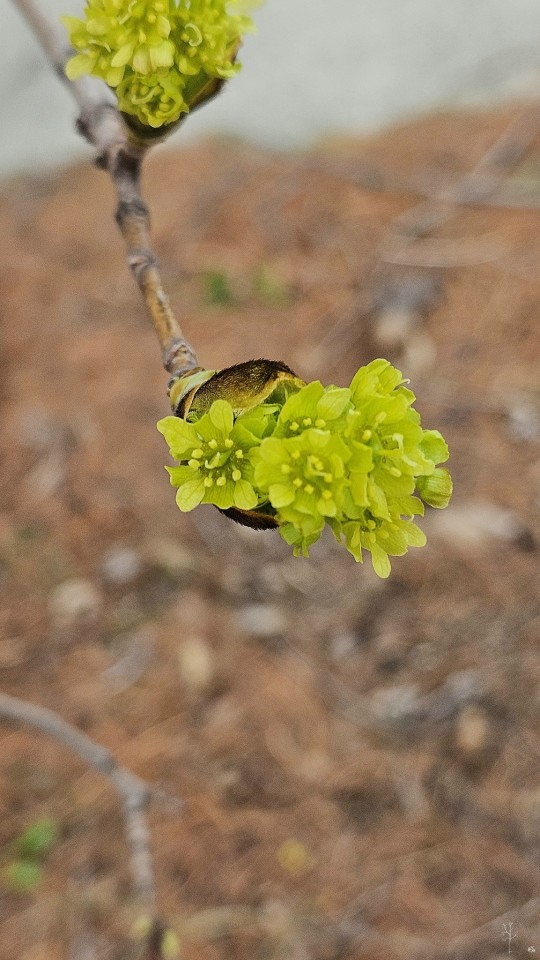
Venom
#get it? it kinda looks like a lil pokemon or something#nature#photography#nature photography#naturecore#spring#spring flowers#flowers#plants#trees#green flowers#maples
24 notes
·
View notes
Text
TBS show highlights
went to a bonsai show this weekend. bought some pots and admired the trees.
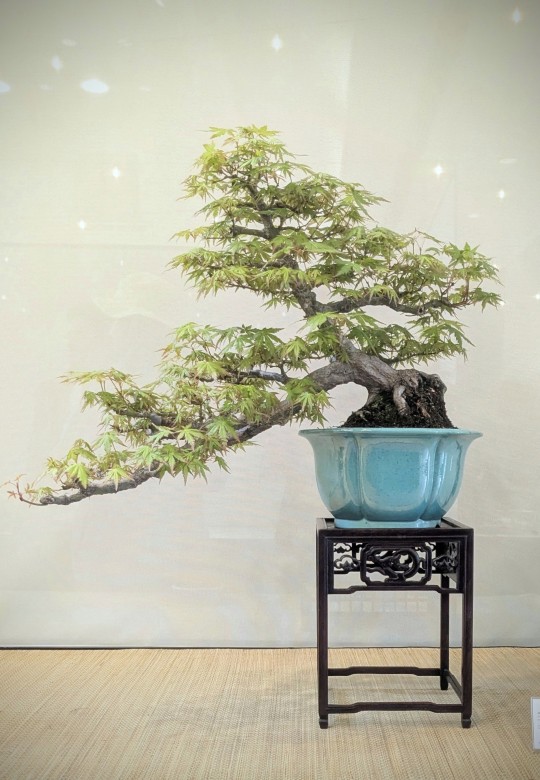
Japanese maple (variety not shown)
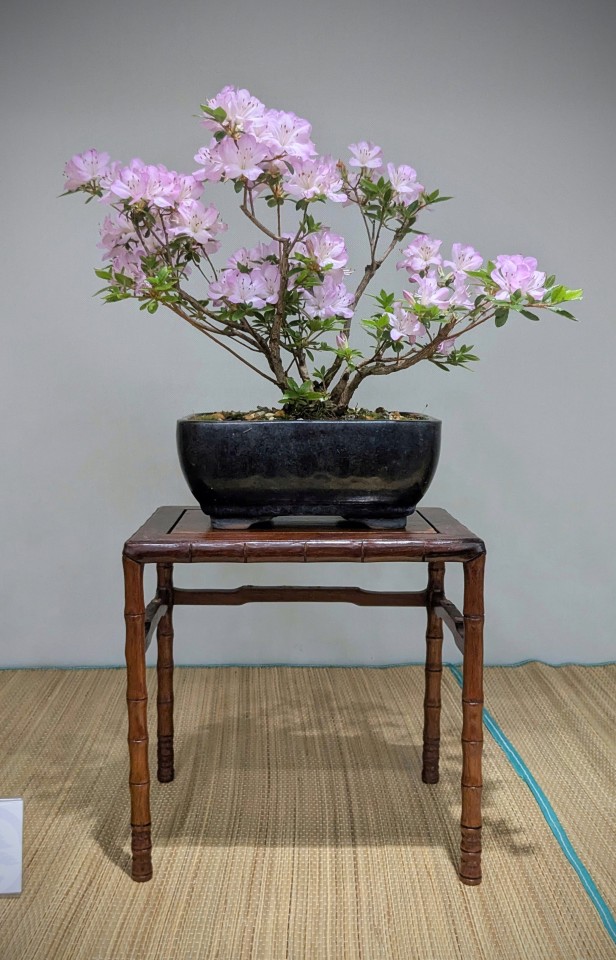
Azalea
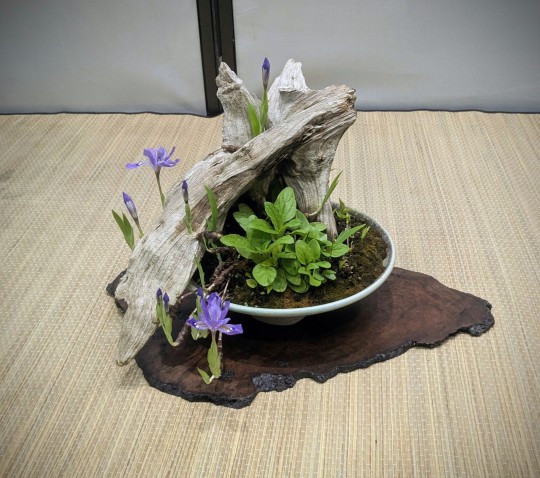
Accent plant (kusamono) with mini irises
12 notes
·
View notes
Text

🍁 Maples in their full glory at the entrance to the Shuzenji Shrine, Izu, Shizuoka. Painted with limited palette №6 for the #japanuary event 🗾
#japanuary#shuzenji#shizuoka#scenery#digital scenery#autumn#red#maples#maple leaves#scenic view#japan#japanese#street#street view#procreate#trees
12 notes
·
View notes
Text

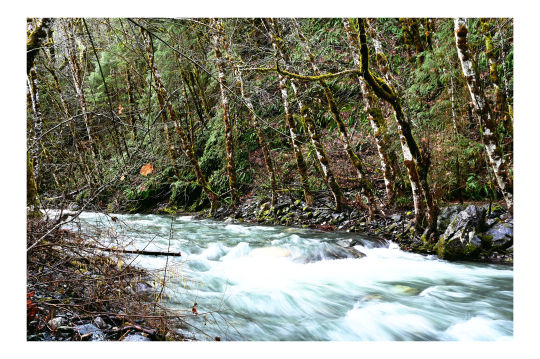


East Fork Willow Creek, yesterday morning. It recently was at flood stage and pulled down part of the road.
Six Rivers National Forest, California
#six rivers national forest#winter#atmospheric river#creek#water#floods#power of water#naturecore#nature#winter storms#forest#alders#maples#forest floor#silky water#northern california#norcal#public lands#landscape photoset#landscape photography#original photographers#nikon photography#nikon#nikon z6#24mm-120mm#long exposure
50 notes
·
View notes
Text
Maple Shrine


#yume nikki fangame#ynfg#yume 2kki#urotsuki#rpg maker 2000#32 bit#maple shrine#ca#shrine#japanese shrine#effect#effects#maiko#torii#torii gate#shinto shrine#maple leaves#maples#maple#kakemono#japanese house#house
6 notes
·
View notes
Text
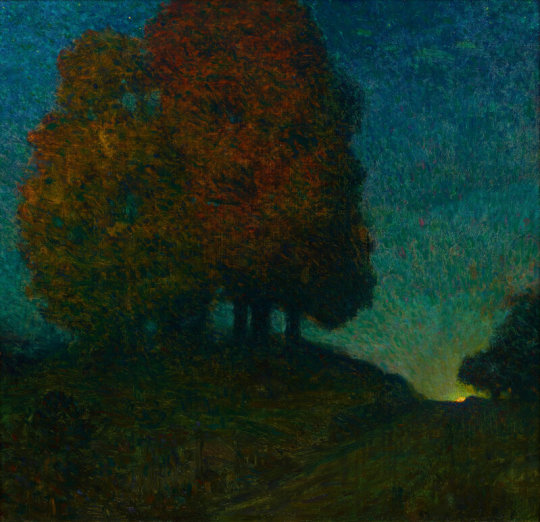
The Big Maples, Moonrise (1903) - Edward Steichen
#edward steichen#autumn#autumnal#complementary colors#maple#maples#maple tree#maple trees#fall foliage#moonrise#1900s#turn of the century#impressionistic
9 notes
·
View notes
Text


Plant Profile: Red Maple - Acer rubrum
If you live in America you've probably seen a red maple before, this versatile little beast is one of the most ecologically widespread and common tree species in the east.

Let's start with the name: Why is it called Red Maple? The name refers to the beautiful ruby red spring buds/flowers (Image 1: Red Maple swamp West Milford, NJ) in addition to the vibrant fall colors. Suburbanites often confuse 'Japanese' maples as "red maples" due to the leaf hue but unlike that cultivated variety, Acer rubrum has green leaves and will preform very differently, angry clients sometimes 'buy the wrong tree' then make it YOUR problem.
Red maples are very variable within their geographic range, in some forests they can occupy a dominant understory position, some they are dry mountain dwellers, while in others they are niche successional wetland species but in most cases they exist as a 'short' lived tree usually dying before 100 years of age (Image 2: 150 year old specimen, Chester County, PA). These phenological differences can be genetic quirks of an isolated population or just occupying an available place.


Quick description on how to identify: Red maples are a fast growing deciduous tree species usually free of branches for about half it's height (reaching around a hundred feet). The bark itself is usually a smooth darker grey when young becoming lighter, randomly furrowed, ridged and scaly at maturity, in wetland environments it's not uncommon to see a lime green lichen present on its bark (Image 6). Twigs are usually purplish with redder new growth (Image 4). Buds and flowers are usually fully red (Image 3) and samaras (cute helicopter seeds) have red and green tints and are quite small compared to other American maples. These trees are usually unisexual (flowers are male or female, some pollinated female flowers image 3) though some have both sexes on the same tree and have been known to change genders. The leaf of a red maple (image 5) is pretty variable in proportions but has 3 very distinct lobes (sometimes 5 lobes) and very toothy, opposite placement and will create the most vibrant red color in fall fading slowly to yellow sometimes.
Within its native range red maple has a few 'subspecies' (Swamp red maple var. drummondii whose leaf has hairy undersides and Carolina red maple var trilobum which has a smaller 3 lobed leaf) but not many look alikes of other species. Mountain maple (Acer spicatum) has similar leaves but is a shrub present in the Appalachias and anywhere north of New York. Amur maple is also similar but this is usually restricted to gardens and has a proportionally long leaf.

The native range of red maple encompasses the entire Eastern United States with a southwestern limits in East Texas and a northwestern limit in Minnesota extending eastward with a northern limit in Newfoundland. I've personally seen this tree at both limits of its range (the Everglades and Quebec) and the further south one goes the more restricted to swamps and streams, conversely the further north the less restricted to wetlands it is (Image above: Red Maple on right in Catskills Mountains).

Habitat: Red maple is relatively dominant in New England-Mid Atlantic Wetlands, every tree you see with green lichen is a red maple in the image above (Great Swamp,NJ). The key for red maple seedling germination is soil moisture, which is why the further north one goes the more common it is to find. Naturally Red Maple is not meant to be as dominate as it is, I often state colonialism influenced our modern forest cover in distinct ways. Fire suppression, Low lumber value, and Clear Cut Disturbance has allowed the tree to thrive. Early successional (fast growth/high seeding) and Late successional habits (shade tolerance) makes Red Maple a perfect candidate for 'domination'. This may seem like a looming biodiversity threat when in reality the tree regenerates forest loss extremely well, it's short lifespan and weak wood/shallow root system often allows hardier trees (in non-wetland conditions) to readily take over after several decades. Each image (above and below) I'm showing with near total Red Maple coverage was once farmland less than a century prior giving way to variable forest. Additionally Red maples are important food sources for early pollinators and it's seeds are probably one of the top early summer food sources for squirrels.

Future trends: It is unknown what the future holds for Red Maples, With climate change increasing heavy precipitation events and late spring droughts may impact seedling success, though the tree is hardy in floods and dry periods. The Image above actually just experienced a large wildfire (the image is 6 month before burn) which will likely lead to a replacement with more fire tolerant species. Red Maples have thin bark and die easily when facing predation (Beaver herbivory visible mid-left above) and disturbances. On a positive note, according to a 2022 Boston University study warming trends are increasing the nutritional content (Nitrogen, Phosphorus, etc. concentrations) of its foliage which may be good for forest soil health.
Direct Uses: Red maple is considered a 'soft' maple and is often not used for much aside from veneer. Red maples have concentrated forms of tannin and the bark can potentially be used to make dyes though I have not tried this. Of direct human consumption occasionally people will use this species to derive syrup though unlike sugar maples they have a relatively short harvest period. The leaves are also toxic fodder for equine species (and humans), so don't use this in silvopasture!
Growing Red Maple: Thousands of red maple seedlings usually take over my beds and die within the year, occasionally I'll take a sapling for my personal nursery. I've found that the tree performs extremely well in partial shade and has the potential to grow 2' a year once established. Once mature, not much will survive around the trunk due to it's shallow roots.

Condition and Landscaping: Red Maple is a catch-22 in landscaping: it grows fast, has great color, it can thrive in bad conditions like flooding, droughts, sidewalks, pollution, disease and major damage.... unfortunately they tend to carry these marks and branches can break easily. Many cities use red maple cultivars and hybrids guaranteed to have decent form, it's shallow roots prevent weed (and grass) growth around the trunk. European and west coast cities utilize a hybrid between silver and red maple (Acer x freemanii) as a common hardy street tree. There are two cultivars I will recommend: 'Brandywine' which has dense foliage and 'October Glory' which has deep red fall colors and seeds

Restoration performance: Red Maple makes an excellent forest edge species allowing its vibrant fall color to be fully enjoyed and producing dense foliage to protect the inner woods from drying sunlight (sapling in field above from the Poconos). They're best utilized in wetland restoration projects as they are quite prolific and survive long periods of standing water.
So this was my quick piece on maybe our most common tree, if you're in New England/the Mid-Atlantic in mid winter to spring look up for the characteristic red buds, they're waiting for the right day length to bloom!
11 notes
·
View notes
Text
Autumn’s red carpet
#foliage#fall leaves#fall colors#autumn foliage#paradise#landscape#fall vibes#red leaves#maples#autumn leaves#fallcore#autumn landscape#maples leaves#autumn mood#autumn aesthetic#naturecore#fall autumn#cozy fall#autumn season#autumn colors#cottagecore#cozy vibes#aesthetic#autumnal#fall season#autumn cottage#autumncore#autumn cozy#nature videos#fall aesthetic
103 notes
·
View notes
Text
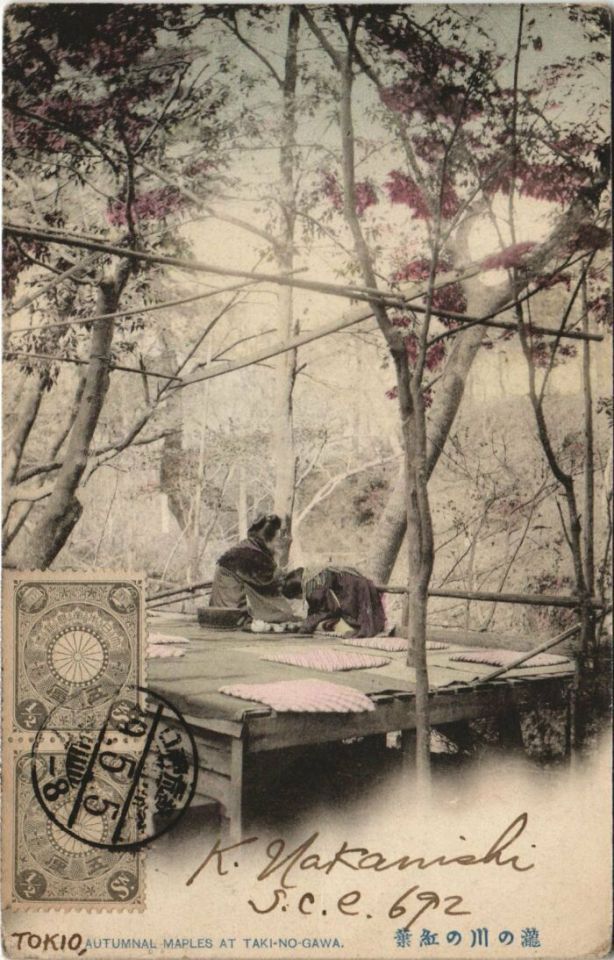
Maples of autumn in Japan
Japanese vintage postcard
#postal#maples#autumn#historic#ansichtskarte#sepia#vintage#tarjeta#briefkaart#photo#japanese#postkaart#ephemera#postcard#postkarte#japan#photography#carte postale
9 notes
·
View notes
Text
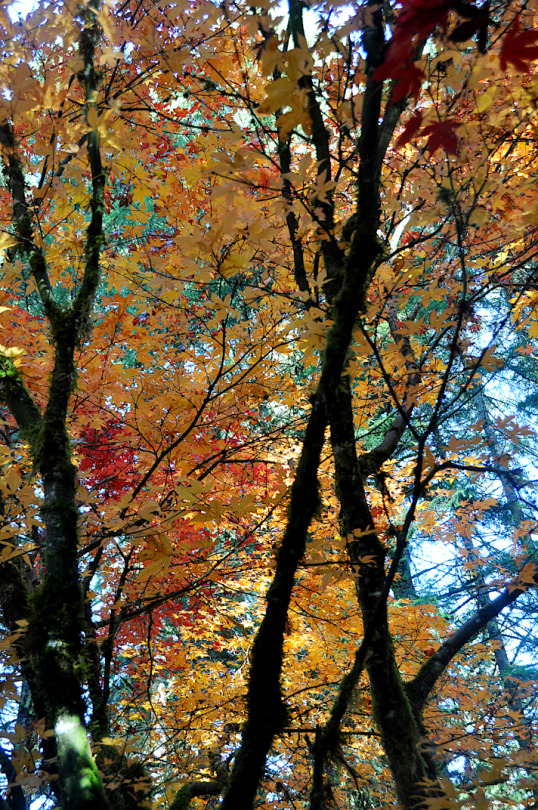
Fall leaves
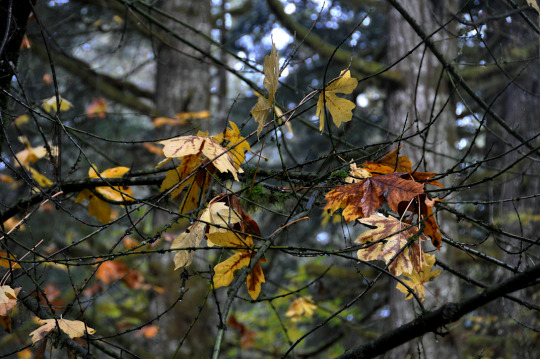
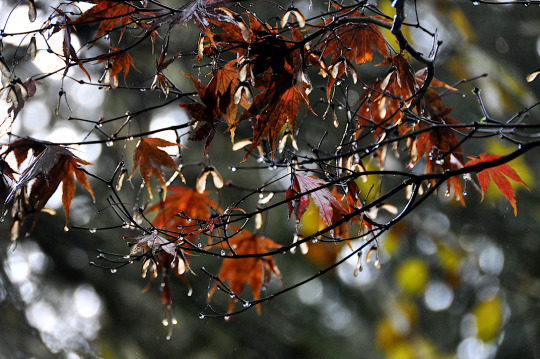
Enjoying them while they last...

7 notes
·
View notes



